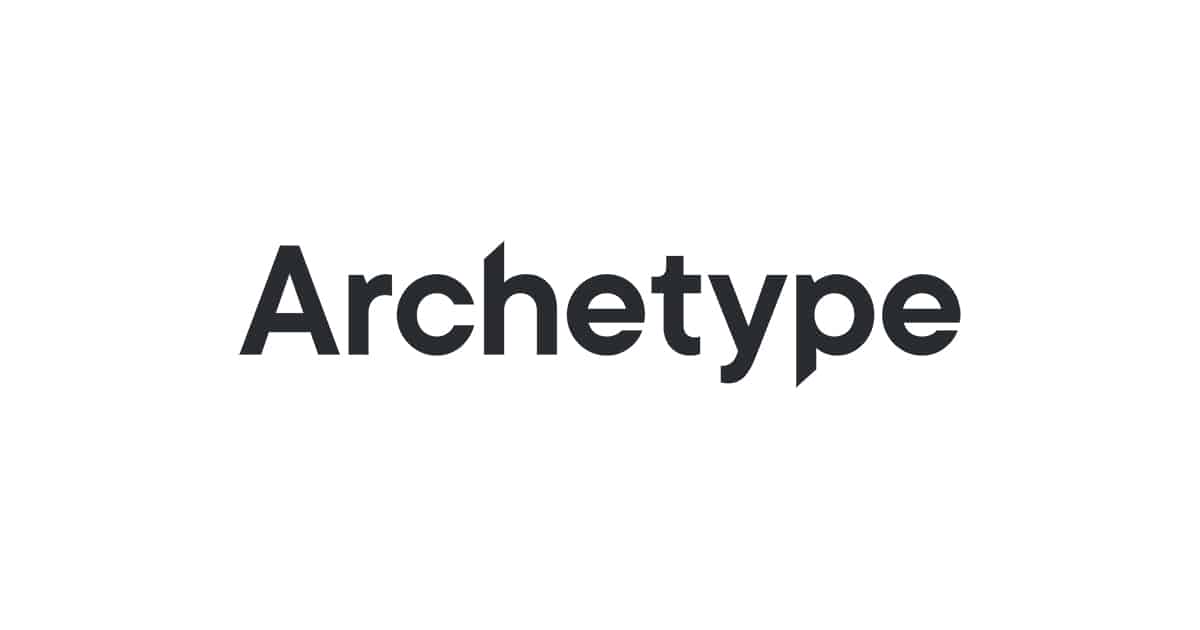Today Adobe released its online shopping forecast for the 2021 holiday season (Nov. 1 – Dec. 31). As part of the Adobe Digital Economy Index, Adobe provides a comprehensive view into U.S. and global e-commerce by analyzing direct consumer transactions online. Based on Adobe Analytics data, the analysis covers over one trillion visits to U.S. retail sites, 100 million SKUs, and 18 product categories, with global views based on transactions in over 100 countries across three regions — more than any other technology company or research organization.
Globally, online spending is expected to hit US$910 billion (~RM3.78 trillion) this season, 11 percent growth year-over-year (YoY). Adobe expects over US$4 Trillion to be spent globally in all of 2021 — a new milestone for e-commerce. In the U.S. specifically, Adobe expects U.S. holiday sales online to hit US$207 billion from Nov. 1 to Dec. 31, setting a new record. This represents a 10 percent increase from 2020, a strong growth rate after a year where the pandemic made e-commerce an essential service.

Insights on Buy Now Pay Later:
- Buy Now Pay Later: Consumers are embracing new payment methods like Buy Now Pay Later (BNPL) as a way to free up cash this holiday season. Online revenue from BNPL this year has been 10 percent higher than 2020 and 45 percent higher than 2019 — based on Adobe Analytics Shoppers are also using BNPL for increasingly less expensive orders, with the minimum order value dropping 12 percent YoY to $225. In the Adobe survey, 25 percent of respondents said they have used BNPL in the last 3 months, with apparel (cited by 43 percent), electronics (33 percent), and groceries (30 percent) as the top categories.
Supply chain challenges to impact shopping season
Surging consumer demand for online shopping is happening as retailers contend with dire supply chain challenges, from crowded ports and cargo delays to disruptions in overseas manufacturing. Shoppers are feeling the impact: Compared to a pre-pandemic period (Jan 2020), the prevalence of out-of-stock messages has risen a whopping 172 percent going into the holiday season. Adobe expects it to remain at this level, increasing for certain products throughout the season. Of the 18 categories tracked by Adobe, apparel has the highest out-of-stock levels currently, followed by sporting goods, baby products, and electronics.

A weakened supply chain is also driving up prices online. Adobe expects U.S. consumers will pay 9 percent more on average during Cyber Week this year, compared to the last holiday season. This is the result of smaller discounts, on top of e-commerce inflation that has persisted through the year. Adobe forecasts discounts will be in the 5 percent to 25 percent range across categories this season, compared to a historical average of 10 percent to 30 percent.
This is happening as pricing levels have been elevated: Inflation in e-commerce has been observed since June 2020 (16 consecutive months) with online prices up 3.3 percent going into the holiday season (Sept 2021). In past years, online prices were down 5 percent YoY on average prior to the shopping season. E-commerce prices have not risen as quickly as offline prices however, with the latest Consumer Price Index up 5.4 percent YoY (Sept 2021).

“We are entering a second holiday season where the pandemic will dictate the terms,” said Patrick Brown, vice president of growth marketing and insights, Adobe. “Limited product availability, higher prices, and concerns about shipping delays will drive another surge towards e-commerce, as it provides more flexibility in how and when consumers choose to shop.”
Insights on discounts, as well as the best days to shop:
- Category Discounts:Adobe expects smaller discounts in all major gifting categories tracked by the Digital Economy Index. Discount levels in electronics for instance, will peak at 22 percent for the season, down from 27 percent in 2020. Other categories include computers at 25 percent (vs 30 percent in 2020), televisions at 15 percent (vs 18 percent), appliances at 16 percent (vs 20 percent), toys at 16 percent (vs 19 percent), sporting goods at 14 percent (vs 20 percent), apparel at 15 percent (vs 20 percent), furniture at 7 percent (vs 9 percent), and tools at 8 percent (vs 11 percent).
- When to Shop:In an Adobe survey of over 1,000 U.S. consumers, 67 percent are concerned about gifts being more expensive this year. While seasonal discounts are expected to start this month (Oct) in the 5 percent to 15 percent range, as retailers look to manage supply chain challenges, the biggest discounts (5 percent to 25 percent range) are still expected to happen around Thanksgiving and Cyber Monday.
Insights on top gifts, curbside pickup, and more:
- Curbside Retakes Spotlight: In December 2020, curbside pickup was used in 25 percent of all online orders, as consumers looked for safer ways to shop. In this upcoming season, delays are expected to drive even more usage. In Adobe’s survey, 65 percent of shoppers are concerned about shipping delays this year. Adobe expects curbside pickup to peak from 12/22 to 12/23 (right before Christmas Eve) at a record 40 percent of all online orders, while remaining at 25 percent through November 2021.
- Most Anticipated Gifts: Based on Adobe data, along with analysis of market trends and social media buzz, the top toys this season is expected to be the Tamagotchi Pix, Pop Fidget, Got2Glow Fairy Finder, Baby Yoda, and Gabby’s Dollhouse — Top gaming devices include the Nintendo Switch OLED, PlayStation 5, Xbox Series S/X, and Stream Deck — Top games are expected to be Metroid Dread, Battlefield 2042, Pokemon Brilliant Diamond & Shining Pearl, Halo Infinite, and FIFA 22 — Other top gifts include Airpods Max, smart mugs, Instant Pot, air fryers, smart water bottles, drones, and record players.
- Bigger Screens: As consumers spend more time at home and sit in front of laptops for work, the growth of smartphone-driven shopping has hit a ceiling. Adobe expects smartphones to account for 42 percent of overall revenue this season ($86 billion), a modest 5 percent increase from 2020.
- Shopping Frenzy: On average, a consumer in the U.S. will spend 12 full hours shopping online this holiday season. During the “golden hours” of e-commerce (7:00–11:00 pm PT on Cyber Monday), shoppers will spend nearly $3 billion online ($2.9B) in just 4 hours, 50 percent more than a typical full day in August 2021 ($1.9B). In the peak hour of Cyber Monday (8:00–9:00 pm PT), consumers will spend over $12 million every minute.
- Gifting an Experience: In the Adobe survey, while over half of respondents (51 percent) plan to purchase physical goods as gifts for others this holiday season, nearly one-fifth (17 percent) plan to gift an experience instead. Top categories include spa treatments (cited by 25 percent), concert tickets (25 percent), sporting event (22 percent), plane tickets (21 percent), and cooking classes (16 percent).
To better understand when, how, and what consumers plan to spend money on this season, download Adobe’s Holiday Forecast 2021 report here.
















